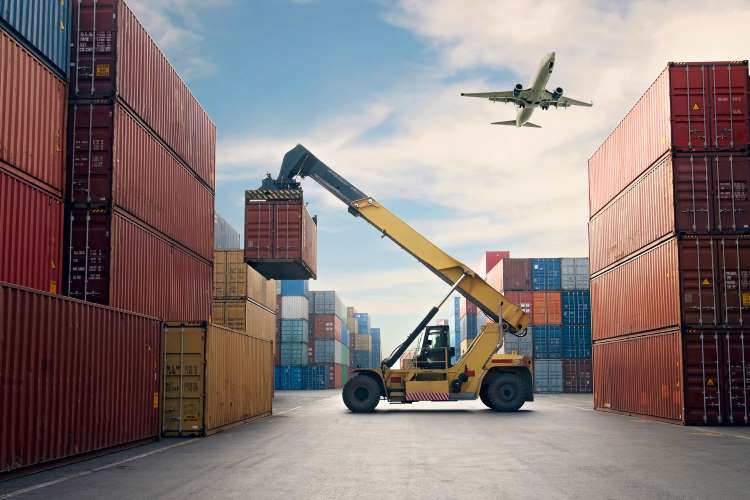The global trade landscape continues to face headwinds as indicated by the World Trade Organisation’s most recent update for 2023. Projections for growth in global merchandise trade have been revised downward significantly, reflecting a persistent slump that began in the fourth quarter of 2022. This decline is rooted in a complex interplay of factors, including monetary policies, geopolitical tensions, and the ongoing impacts of the COVID-19 pandemic.
WTO economists have scaled back their expectations for global merchandise trade growth in 2023, now anticipating a modest 0.8% increase. This represents a substantial reduction from the earlier forecast of a 1.7% increase made in April. The projection for 2024, however, remains largely unchanged at 3.3%, illustrating the uncertain trajectory of global trade.
READ I EU green bond standards: Pioneering a global shift towards sustainability
Factors behind global trade slump
Several factors have combined to create this challenging trade environment. Firstly, the effects of persistent inflation and tighter monetary policies in major economies, including the United States and the European Union, are now reverberating through global trade. The high interest rates and a stronger dollar have had cascading effects on trade volumes.
Secondly, China’s economy, one of the world’s largest, has faced difficulties in achieving a robust post-COVID-19 recovery. Strained property markets in China have hindered its ability to serve as a driving force for global economic rebound. Lastly, geopolitical tensions and the ongoing conflict in Ukraine have cast a dark cloud over the global trade outlook. These geopolitical issues have disrupted supply chains and raised questions about the resilience of global trade.
Implications of the trade slowdown
The trade slowdown is not limited to specific regions or industries but is instead a widespread phenomenon affecting numerous countries and a wide range of goods. Sectors sensitive to business cycles, such as iron and steel, office and telecom equipment, textiles, and clothing, have witnessed declines in trade volumes. While certain categories, like passenger vehicles, have experienced surges in sales, overall trade volumes have struggled to regain momentum.
One emerging concern is the fragmentation of supply chains, which could jeopardise the relatively positive outlook for 2024. The share of intermediate goods in world trade, a key indicator of global supply chain activity, dropped to 48.5% in the first half of 2023, down from an average of 51.0% over the previous three years. Furthermore, the share of Asian bilateral partners in US trade in parts and accessories, a crucial subset of intermediate inputs, declined to 38% in the first half of 2023, down from 43% in the same period in 2022.
These shifts suggest that trade dynamics may be realigning along regional and political lines, driven by geopolitical tensions and supply chain adjustments.
WTO calls for multilateral cooperation
WTO Director-General Ngozi Okonjo-Iweala emphasised the adverse implications of this trade slowdown on global living standards. She called for WTO members to strengthen the global trading framework by avoiding protectionism and fostering a more resilient and inclusive global economy. A stable, open, predictable, rules-based, and fair multilateral trading system is crucial for global economic recovery, particularly for less economically developed countries.
While the trade forecast presents numerous challenges, there are also opportunities for growth on the horizon. Positive export and import volume growth is expected to resume in 2024, accompanied by slow but stable GDP growth. However, policymakers must skilfully navigate various risks, including a potential resurgence of inflation in advanced economies and the volatile nature of commodity prices.
As the global economy navigates these turbulent waters, it becomes increasingly evident that the world’s economic prosperity hinges on the health of international trade. Addressing the challenges and uncertainties outlined in the WTO’s October 2023 report will require collaborative efforts among nations, businesses, and international organisations. By fostering a more stable, open, and inclusive global trading system, we can hope to overcome the current obstacles and work towards a more prosperous future.
The challenges outlined in the WTO’s latest report underscore the importance of fostering global cooperation and multilateralism in addressing the complex issues affecting trade. As nations confront a slowing global trade environment, they must also seize the opportunity to strengthen international trade agreements, enhance supply chain resilience, and promote sustainable trade practices. By doing so, we can pave the way for a more stable and prosperous global economy in the years ahead.

